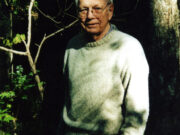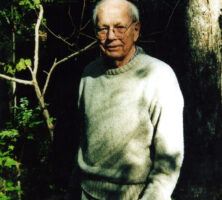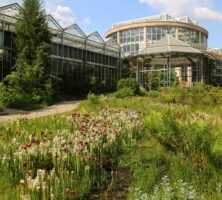Edward Daugherty began the study of landscape architecture after the onset of Modernism and was the first and most important of this new generation of practitioners in Atlanta and the Southeast. Daugherty’s work ranges from small gardens and estates to schools, colleges, cultural institutions, and environmentally sensitive large developments.
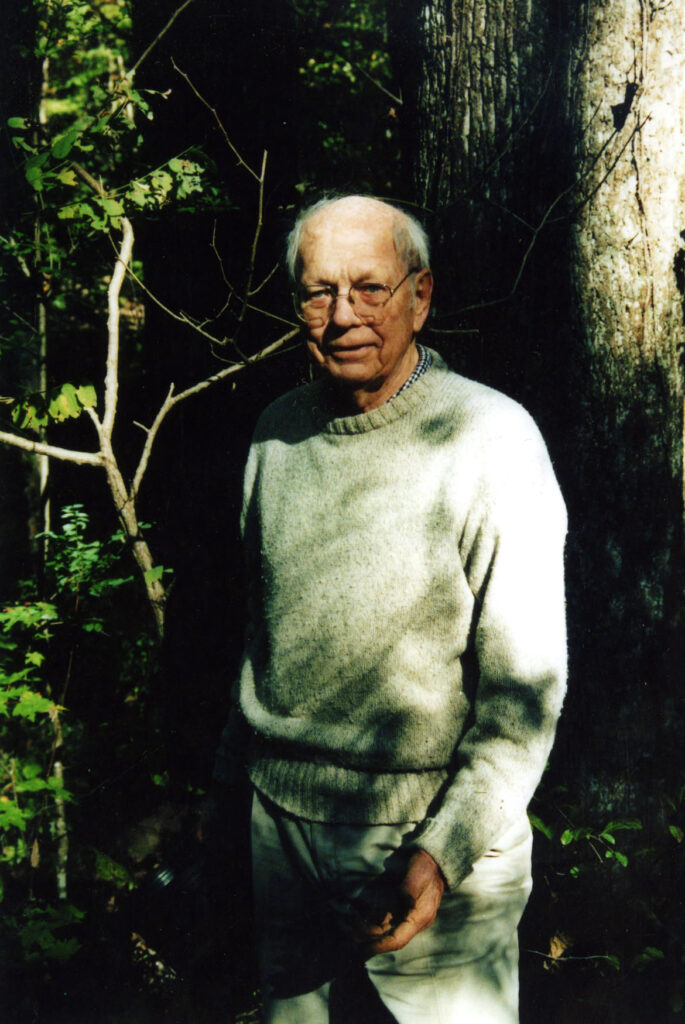
Notable achievements of Daugherty’s career include the preservation of the Marietta Square (1961) in downtown Marietta and the subsequent plan for downtown redevelopment in Atlanta (1970), the grounds of Georgia’s Governor’s Mansion (1967), the Atlanta Botanical Garden (1981-95), and the Georgia Institute of Technology (1955-75). Other Atlanta projects of Daugherty’s include the garden at Egleston Hospital at Emory University (later Children’s Healthcare of Atlanta), Canterbury Court, All Saints Episcopal Church, Cator Woolford Gardens, and the Atlanta Historical Society.
Edward L. Daugherty was born on October 20, 1926, in Summerville, South Carolina, and was raised in Atlanta. He first studied architecture at Georgia Tech and then landscape architecture at the University of Georgia. He earned his bachelor’s and master’s degrees in landscape architecture from Harvard University, in Cambridge, Massachusetts, in the early 1950s. Daugherty was awarded a Fulbright Scholarship in 1951 to study town planning in England. He then returned to Atlanta and began his professional practice, which has been in continuous existence for more than fifty years.
Daugherty cites three early and lasting influences on his work. He learned an obligation to public service from Hubert B. Owens at the University of Georgia, clarity of word and design from Norman Newton at Harvard University, and the value of boldness from Atlanta landscape architect William C. Pauley.
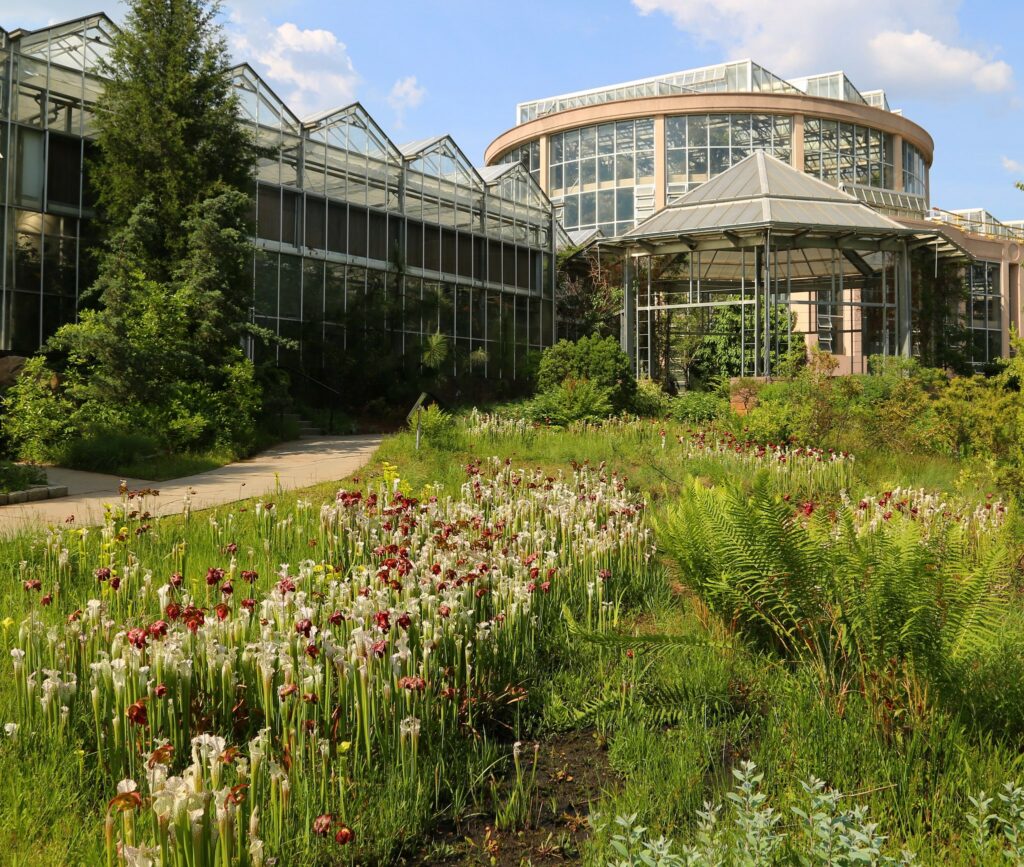
Image from JR P
Daugherty and his wife, Martha, have four children. Throughout his career Daugherty has been active in civic affairs, including Trees Atlanta and All Saints Episcopal Church. He has been a member of the American Society of Landscape Architects since 1954 and was made a Fellow in 1971. In 1972 he received an Honor Award in Landscape Architecture for the Historic Walk section of Marietta. In 1987 he received an Award of Excellence for Lifelong Contributions to Landscape Architecture in Atlanta from the Atlanta Urban Design Commission.


